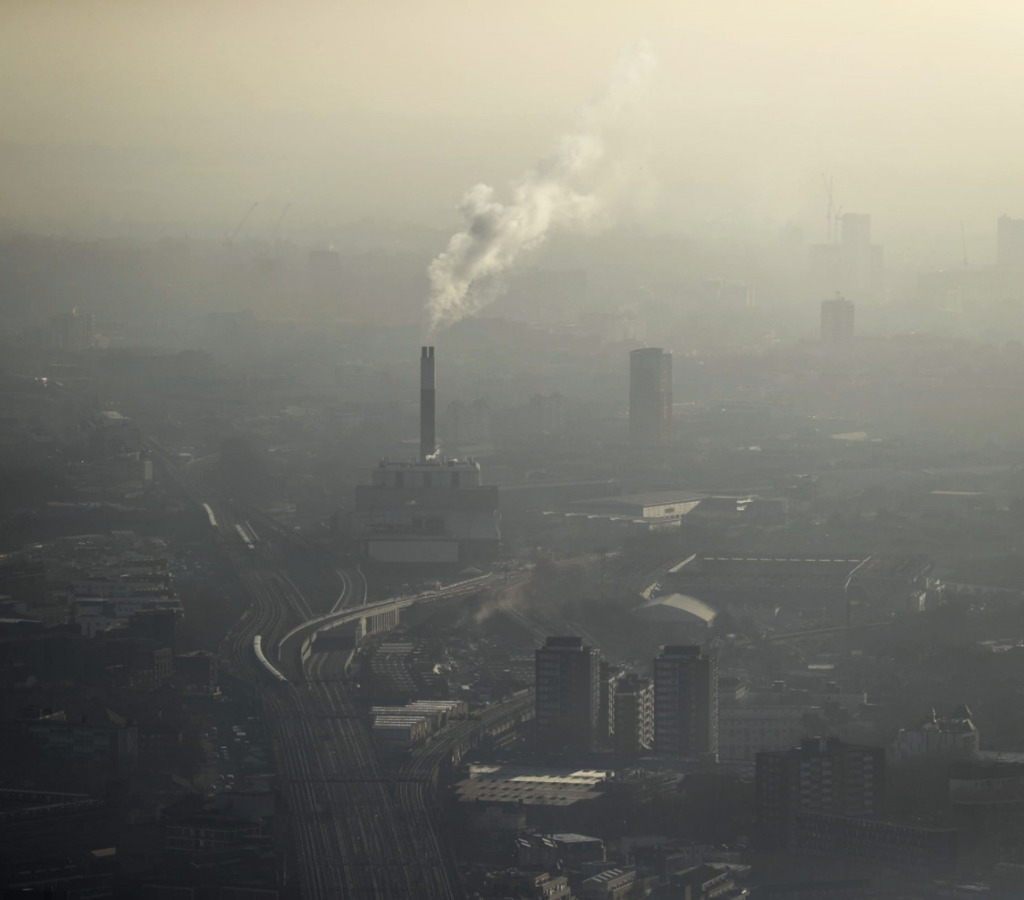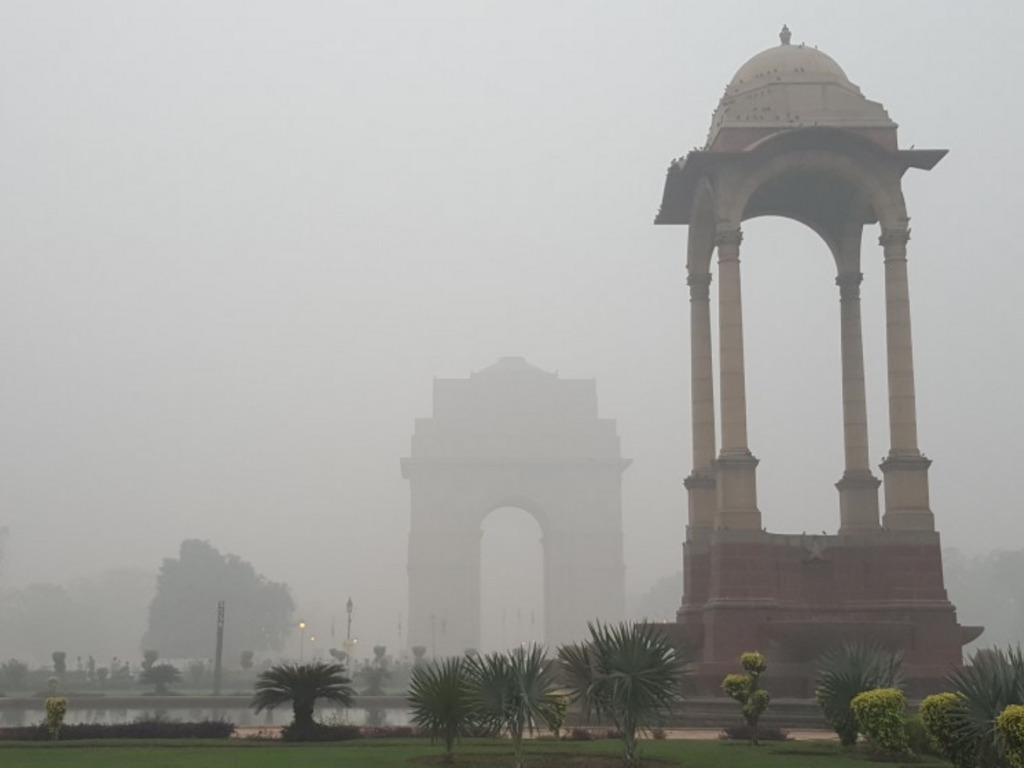3 Mins Read
In a new study led by the University of Birmingham and UCL, along with an international team of contributors from Belgium, India, Jamaica, and the U.K., researchers found that the levels of hazardous air pollutants in cities in India and U.K. are on the rise, by utilizing observations from instruments on satellites that assess the world’s skies on a daily basis.
To conduct this study, researchers used data collected by space-based instruments to predict the trends in a variety of air pollutants from 2005 to 2018, with the data coinciding with air quality policies in the U.K. and rapid growth and development in India.
Publishing their findings in the journal Atmospheric Chemistry and Physics, researchers found that fine particles like PM2.5 and nitrogen dioxide (NO2), which are life-threatening, are continually increasing in Indian cities like Delhi and Kanpur, the city that was ranked as most polluted city in the world by WHO back in 2018.
Researchers speculate that the reasons for this increase could be due to the increasing number of people having their own vehicles, the effects of industrialization and the absence of strict and effective air pollution policies in India. In addition to this, an increase in formaldehyde was observed, a marker for emissions of volatile organic compounds that stem from vehicle emissions in the country.
In the U.K., London and Birmingham were found to have PM2.5 and NO2 but researchers noted that these are declining due to the success of policies aimed at limiting these pollutants. In London too, an increase in formaldehyde was found which stems from the use of personal care and cleaning products as well as other household sources.
In a press release seen by Green Queen, study lead author and PhD student at the University of Birmingham, Karn Vohra said: “We wanted to demonstrate the utility of satellite observations to monitor city-wide air pollution in the UK where ground-based measurements are in abundance and in India where they are not. Our approach will be able to provide useful information about air quality trends in cities with limited surface monitoring capabilities. This is critical as the WHO estimates that outdoor air pollution causes 4.2 million deaths a year.”

We were surprised to see the increase in formaldehyde above Delhi, Kanpur and London – a clue that emissions of other volatile organic compounds may be changing, potentially driven by economic development and changes in domestic behaviour
Professor William Bloss, co-author of study
Study co-author Professor William Bloss said that the team was surprised to find increased amounts of formaldehyde in Delhi, Kanpur and London. “This is a clue that emissions of other volatile organic compounds may be changing, potentially driven by economic development and changes in domestic behaviour. Our results emphasise the need to monitor our air for the unexpected, and the importance of ongoing enforcement of measures for cleaner air.”
“There is more than a decade of freely available observations from instruments in space to monitor and assess air quality in cities throughout the world. Greater use of these in the U.K., India, and beyond is paramount to successful air quality policies”, concluded Dr Eloise Marais, earth observation expert at UCL and conceptual lead of the study.
Read: 10 Reasons Why Indian Cities Continue To Top the World’s ‘Most Polluted’ Lists
Lead image courtesy of University of Birmingham.



